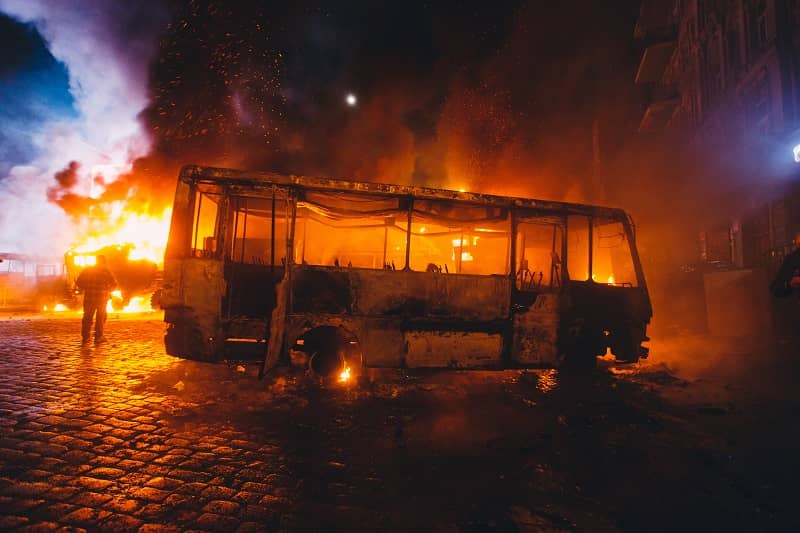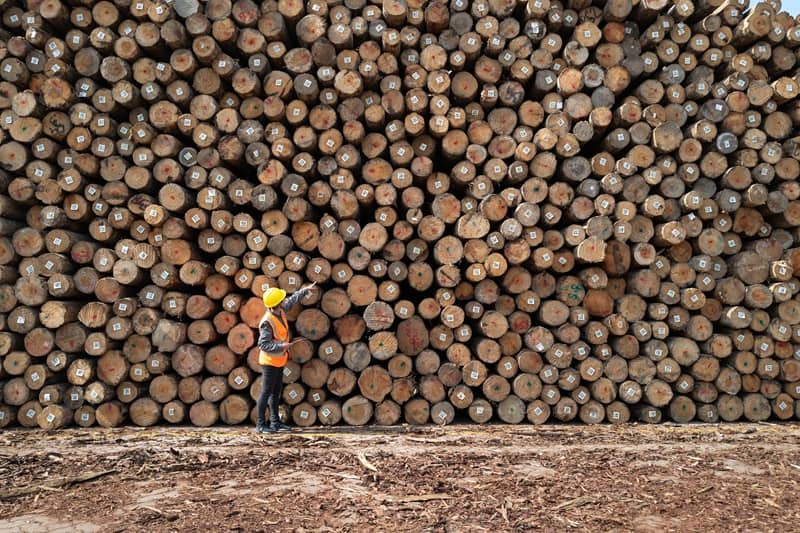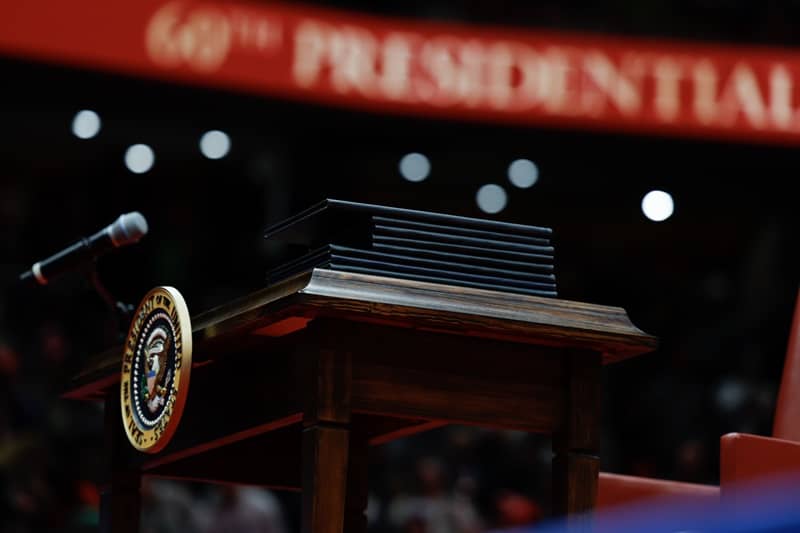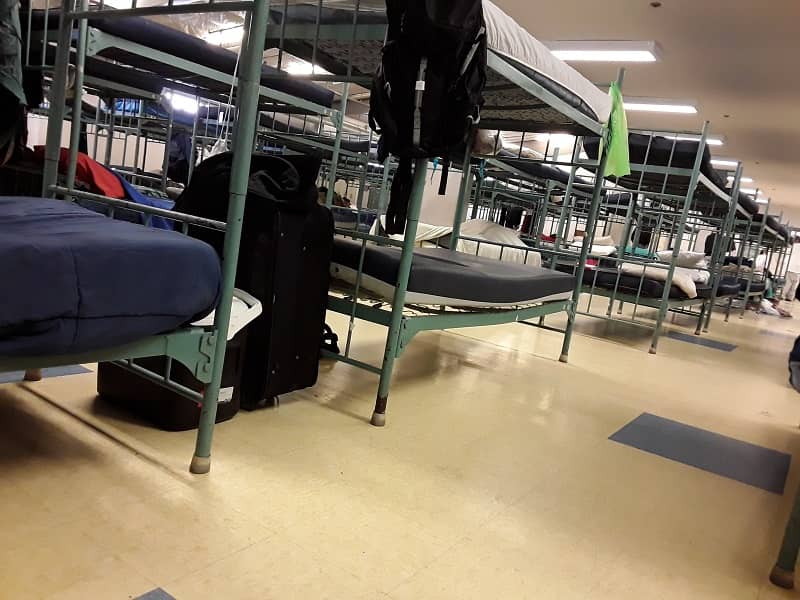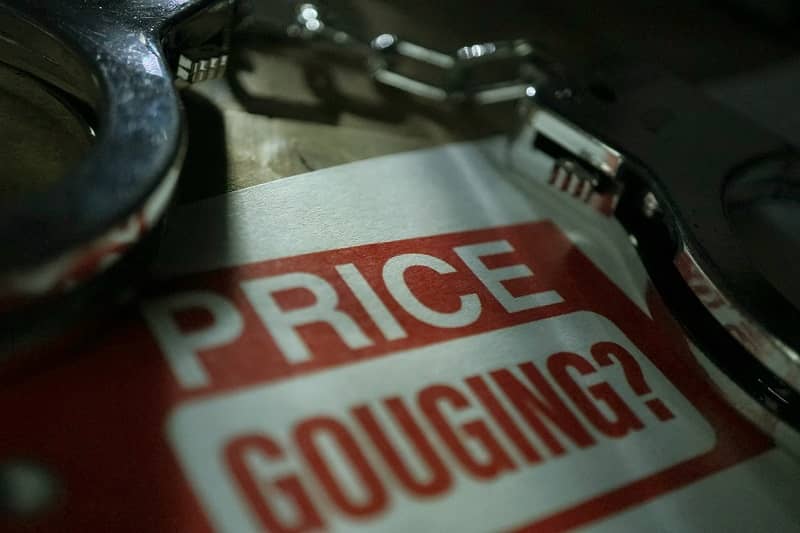By William B. Conerly, Ph.D.
I picked up my beer at the yacht club’s bar and went out on the deck to watch the last few boats come in. It had been a good day’s sailing. We finished the race in the middle of the fleet, but we had a couple of new stories to tell. When John grabbed the chair next to me, I was all set to talk about the wind shift that had helped us at the end. John, though, had other interests.
“Tell me, Doctor, what are we going to do about these Japanese imports?” John asked.
I sail on the weekends; Monday through Friday I’m an economist. Even though I love economics, I didn’t want to spend the whole cocktail hour talking about it.
“Did you do the race to Drake’s Bay three years ago?” I asked. Without waiting for his answer I began my story. “After we rounded the point and turned north, a light fog set in. It wasn’t thick enough to be dangerous, but we couldn’t see the other boats.”
“I remember that one,” John said. “I never did figure out where the wind was that day, but everyone else seemed to find it. I think I was third from last.”
I continued: “After about two hours we happened to sail close enough to another boat to see her. It was Fred’s boat, which is pretty competitive with ours. We sailed side by side, about a hundred yards apart, and she was pulling away from us.”
“You should have been able to keep up with her,” John said. “You’ve beaten her plenty of times.”
“That’s what we thought. So we started looking around and decided to ease the Cunningham a bit.”
Racing a sailboat isn’t as simple as letting the wind catch the sails and push it along. The sails are airfoils, like airplane wings, but with an added complication: Being made of fabric, the curvature of the sails isn’t fixed in place. We have thirteen separate controls that will change the sail’s shape in one way or another.
The Cunningham is one of those thirteen.
“It was hard to tell at first, but it looked like we were no longer losing to her. We put two good fellows on the sheets—and we started to gain ground. We even got a little ahead of her.”
John asked if we had kept our lead. We hadn’t. After we got moving a bit faster, the other boat picked up speed. It took them 20 minutes to find the trick, and I don’t know what they did, but just as we were feeling confident, they got their boat moving definitely faster than ours.
“Rob looked up at the mainsail. You know how he’s so quiet. He softly said, ‘Maybe there’s too much mast bend. Can we let off on the backstay a bit?’ The mast looked fine to me, but on the rare occasions when Rob talks, we all listen.
“We eased the backstay a little, and then watched the speedometer. We picked up a tenth of a knot in no time, and started to gain on them.”
“Sounds like a game of leapfrog,” John remarked.
“It was. Pretty soon we couldn’t find any more gains out of sail trim. But watching Fred’s boat helped us spot a tired helmsman right away. I had been steering for 45 minutes when they pulled out on us. I felt fine, or thought I did, but when Murphy took the wheel he brought our speed right back up.”
“How did you finish the race?”
“First and second. Turns out we were the only two boats to have been in sight of anyone else for most of the race. We took second, which is too bad, but that was one of our best finishes the whole summer.”
“It sounds to me like you have that other boat to thank for your good finish, even if they did beat you.”
“Exactly. A speedometer tells you how fast you are going, but it doesn’t tell you how fast you could be going. You need a competitor to tell you if you have greater potential. It’s easy to think that you’re doing your best, but usually you aren’t. Besides,” I continued, “we were able to learn a trick from him. When the wind turned light and we were wallowing in the swells, we saw that he had vanged his boom down hard. We weren’t used to doing that, but we gave it a try and it helped.
“All the other crews thought they were doing their best, but they couldn’t see the other boats because of the fog. I know most of the other crews and they’re not lazy. It’s just hard to be fast when you’re out there by yourself.”
John finished his beer and stood up. “Well, Doctor, I’ve got to run. Thanks for the story. But I really would like to sit down some time and talk with you about the danger of foreign competition.”
“I thought that’s what we’ve been talking about,” I replied.
William B. Conerly, Ph.D. is the principal of Conerly Consulting, an economic and financial consulting firm, and chairman of the board of Cascade Policy Institute, Oregon’s free market research center. An avid sailor, he races his sailboat Strange Bird as often as he can.
